
Skulls
Skulls
A large amount of information can be determined about a vertebrate animal by analyzing its skull.
Learning Outcome: Analyze skull structures to determine likely functional role of animals in their habitats.
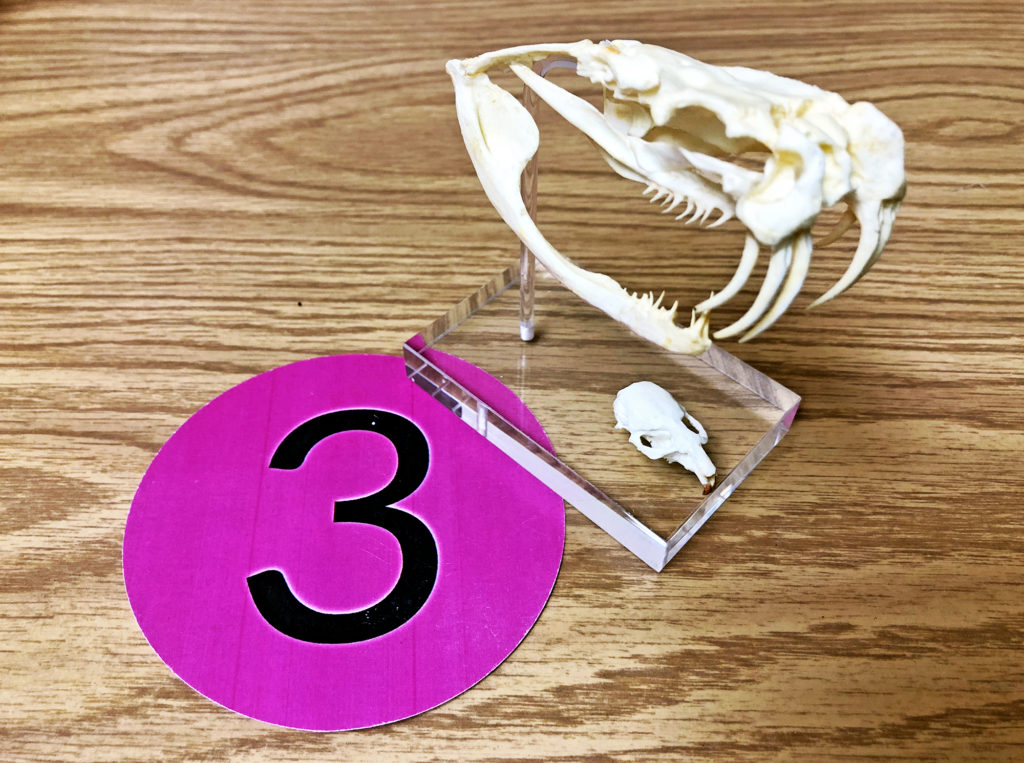
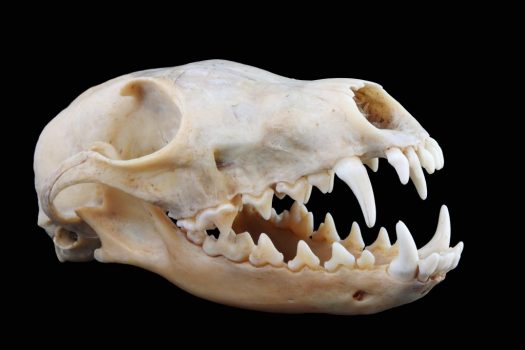
Skull bones support the face and protect the brain of vertebrate species. Skulls have two parts: the cranium (which includes the maxilla) and the mandible (lower jaw).
Small herbivores like this rabbit often have mandibles with incisors for cutting and molars for grinding plant material.
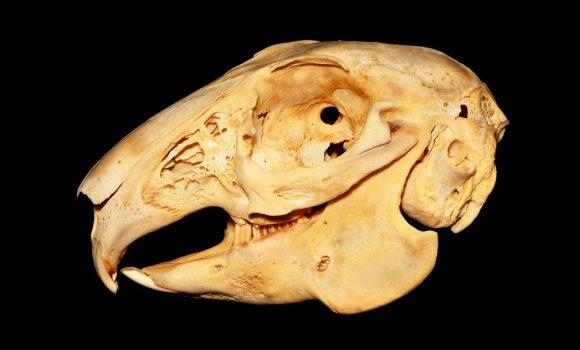
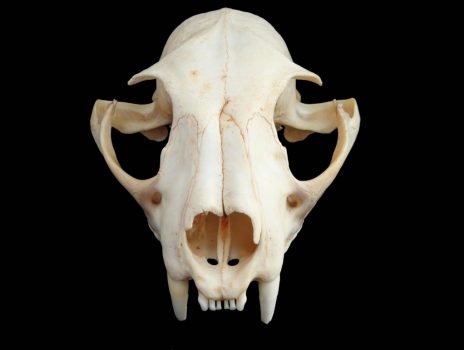
Skulls fix the position of the eyes for seeing and the ears for hearing. Predators that rely on vision to find prey often have large eye sockets (“orbits”) like this lynx.
In ungulates like this goat, the skull is the point of attachment for horns or antlers.
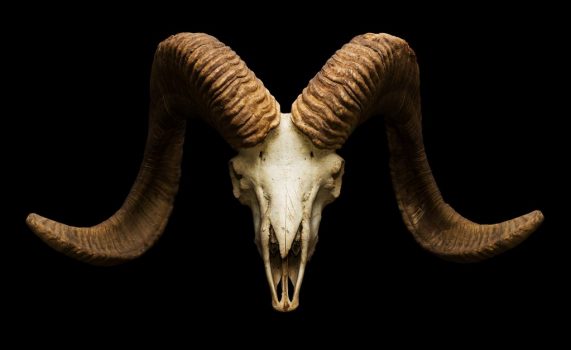
Note the different skull sizes and shapes in this video, including eye placement and length of the mandible.
Watch this video; you can select the closed captioning “cc” option if you would like to see the text.
This is a different perspective comparing skulls from major vertebrate groups.
Alligator Skull
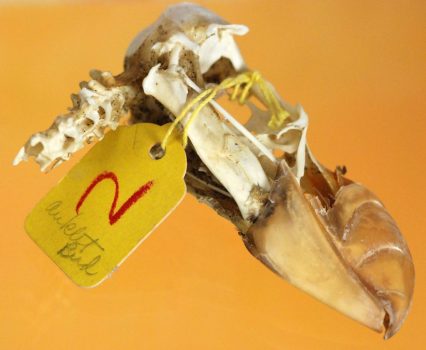
The beak of this auklet, a north pacific waterbird, enables it to filter plankton (floating organisms) out of oceanic waters.
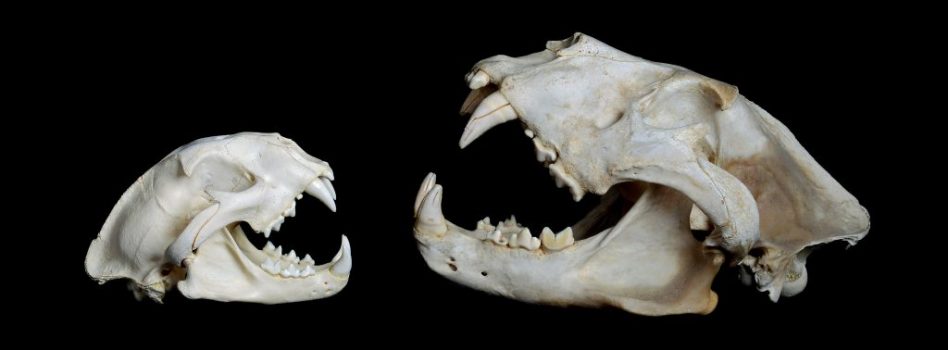
The largest megafauna predators are extinct in North America. The mountain lion is one of the remaining living species (left) compared with the African Lion (right).
Homo neanderthalensis overlapped with our species Homo sapiens for tens of thousands of years. Skulls indicate similarities and differences between the two species.
The next section relates structures to defense against potential predators.











